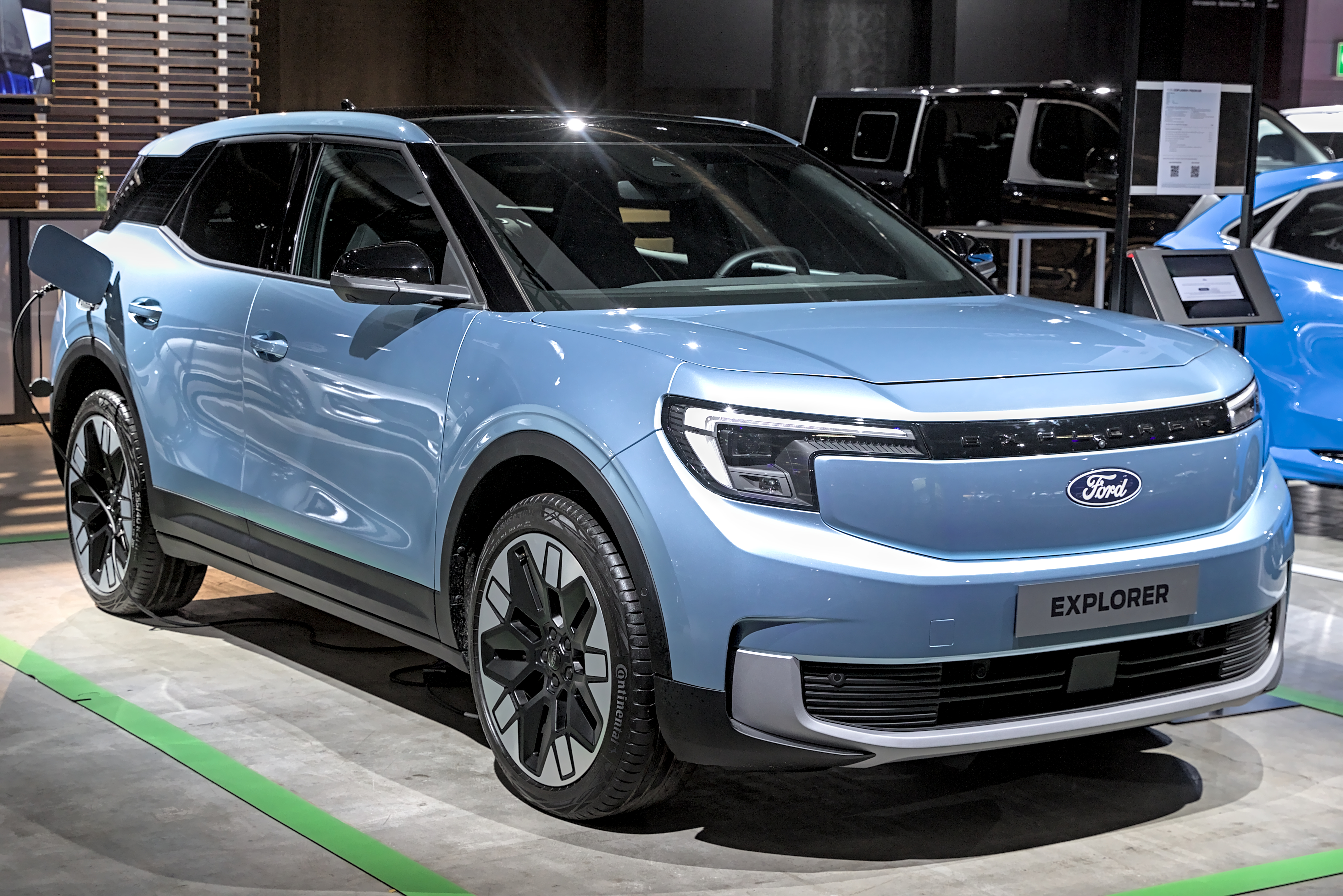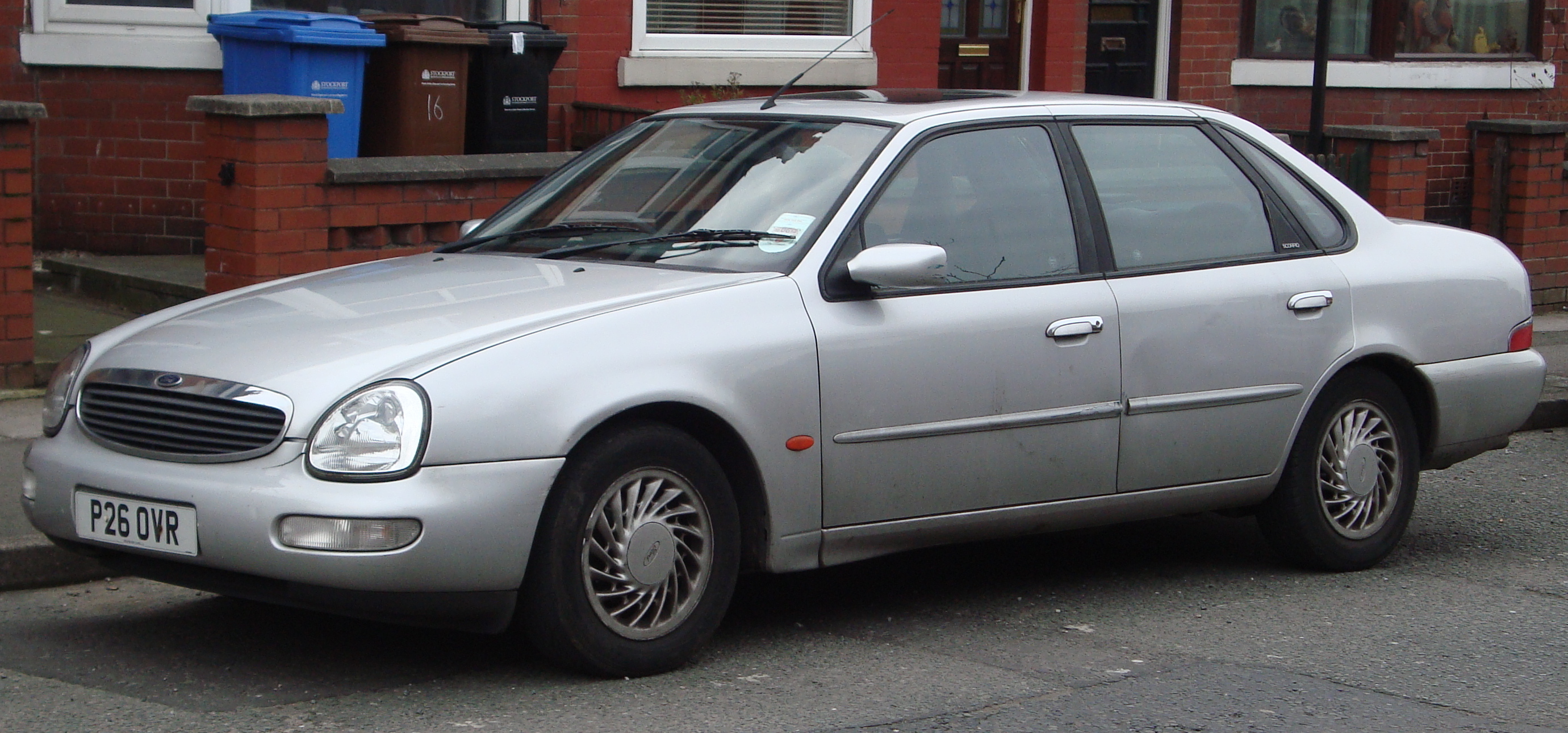Ford’s Most Notorious Car Failures: A Journey Through Automotive Misadventures

Ford Motor Company has had a storied history in the automotive industry, producing iconic vehicles that have stood the test of time. Yet, even the most successful companies have their failures, and Ford is no exception. Over the years, Ford has introduced several models that have become synonymous with automotive mishaps, design flaws, and poor marketing strategies. This section of our slideshow unravels the tales behind nine of Ford’s most infamous flops, each with its unique story of what went wrong.

1. **Edsel**: One cannot discuss Ford’s failures without mentioning Edsel. Launched with significant fanfare in 1957, the Edsel was meant to fill a gap between Ford’s budget and luxury lines. However, production issues, a recession, and lackluster design led to its demise by 1959. It remains a classic example of a marketing miscalculation paired with unfortunate timing.

2. **Ford Pinto**: The Pinto is infamous for its appalling safety issues, earning the grim nickname “the barbecue that seats four.” Ford’s choice to ignore known defects in favor of cost-saving measures resulted in numerous fatalities. It’s a chilling reminder of corporate negligence and the high stakes of automotive safety.

3. **Ford Bronco II**: Designed as a compact version of the Bronco, the Bronco II’s propensity to rollover was well-documented even before its release. Ignoring engineers’ concerns, Ford pushed forward, leading to massive lawsuits and a tarnished reputation.

4. **Ford Explorer**: Following on from the Bronco II’s troubles, the Explorer faced its own safety scandal with tire failures leading to rollovers. The finger-pointing between Ford and tire manufacturer Firestone could not prevent the deaths and injuries that ensued, marking another blot on Ford’s safety record.

5. **Ford Focus’ Dual-Clutch Transmission**: This modern fiasco saw the once-popular Focus plagued with transmission issues. Ford’s alleged attempts to hide these problems only exacerbated customer dissatisfaction, highlighting a failure in both engineering and customer relations.
6. **Ford Five Hundred**: Introduced in the mid-2000s, the Five Hundred was a lesson in missed opportunity. It was a time when Ford needed a standout sedan, but the Five Hundred’s uninspired design and performance left it floundering in obscurity, quickly overshadowed by competitors.

7. **Ford Th!nk City**: Ford’s early foray into electric vehicles with the Th!nk City was a commercial disaster in the early 2000s. The microcar’s lack of practicality for American consumers and Ford’s failure to capitalize on European markets led to its quick demise.

8. **Ford Mustang II**: While the Mustang name is legendary, the Mustang II is often considered its weakest link. Born out of the fuel crisis, the Mustang II’s underwhelming performance is frequently criticized, though it remains a reflection of its era’s constraints rather than a complete failure.

9. **Ford EcoSport**: Recently discontinued, the EcoSport failed to make a lasting impression in the competitive SUV market. Criticized for poor quality and performance, its exit marks another misstep in Ford’s strategy shift towards SUVs.

10. **Ford Festiva**: This pint-sized car was meant to compete with other subcompacts in the late ’80s and early ’90s but struggled to deliver on several fronts. Engine-wise, it was underwhelming, lacking the oomph needed for anything more than city driving. Combine that with its spartan interior and questionable build quality, and you’ve got a car that failed to charm consumers. It was a classic case of too little, too late, as competing models offered more in terms of performance and comfort.

11. **Ford Aspire**: Intended as a successor to the Festiva, the Aspire didn’t quite live up to its ambitious name. With its lackluster engine performance and uninspired design, it failed to stand out in a competitive market. The Aspire’s poorly handling characteristics and dated aesthetic meant it was quickly overshadowed by more modern competitors that offered better value and a more engaging driving experience.

12. **Ford Contour**: Released in the mid-’90s, the Contour was plagued by cramped rear seat space and a design that didn’t fully resonate with American consumers. Its mechanical reliability was a mixed bag, with many owners reporting frequent issues that tainted its reputation. Despite being praised for its driving dynamics, the Contour couldn’t overcome its practical shortcomings and never quite captured the market in the way Ford had hoped.

13. **Ford Granada**: Aimed to provide American consumers with a European-style driving experience, the Granada ultimately delivered something far less sophisticated. Its sluggish performance, unrefined handling, and disappointing fuel economy made it a tough sell during the oil-conscious ’70s. As a result, the Granada languished in the market, a victim of its lofty aspirations failing to translate into a compelling product.

14. **Ford Taurus (Early 2000s)**: The early 2000s Taurus models suffered from a lack of innovation and poor design choices that left them trailing behind the competition. Mechanical issues such as transmission failures and problematic engines marred the Taurus’ once-stellar reputation. This, combined with uninspiring styling and an aging platform, saw the Taurus struggle to maintain its position as a flagship sedan for Ford.

15. **Ford Scorpio**: Known as the Merkur Scorpio in the United States, this car suffered from an identity crisis. Marketed as a luxury vehicle, it fell short in both build quality and brand recognition. Mechanical problems were frequent, and its odd styling did little to endear it to a market that preferred more established luxury brands. The Scorpio’s ambitious price tag didn’t help matters, leading to its downfall.

16. **Ford Freestyle**: Launched in the mid-2000s as a crossover blending SUV space with car-like handling, the Freestyle was a jack of all trades, master of none. Its continuously variable transmission (CVT) was unreliable and lacked the refinement of competitors’ offerings. As a result, the Freestyle suffered from a lack of identity, leaving consumers confused about what it truly offered, making it a blip in Ford’s lineup.

17. **Ford Escort (US)**: Though it sold well, the US versions of the Escort were often criticized for poor build quality and uninspiring driving experience. Mechanical reliability was spotty, with frequent issues reported across various model years. While it filled a niche for affordable transportation, it did little to endear itself to enthusiasts or consumers looking for anything beyond mere utility.
Related posts:
Ford’s Biggest Car Flops Of All Time
Wikipedia
What Happened to the Car Industry’s Most Famous Flop?
Discover more from Auto Travel World
Subscribe to get the latest posts sent to your email.












